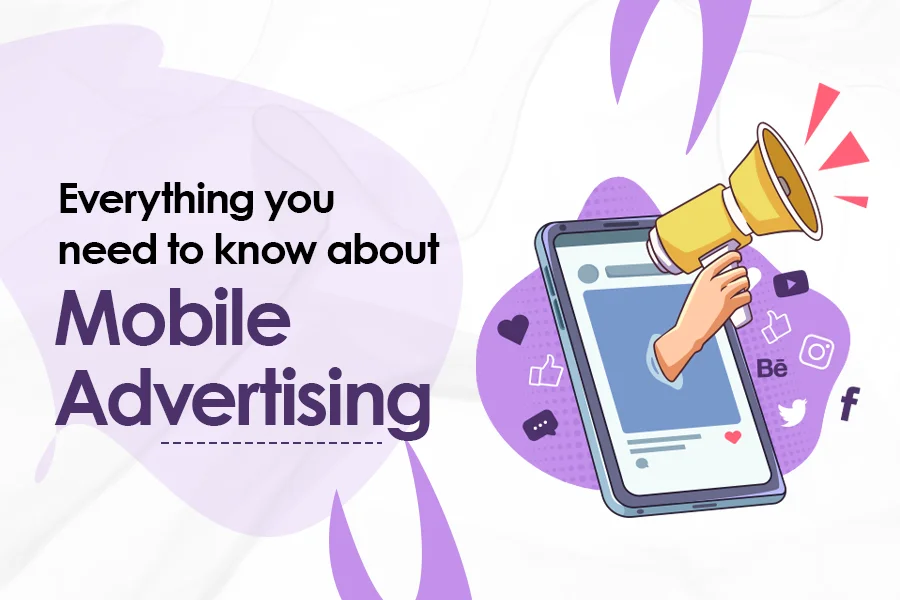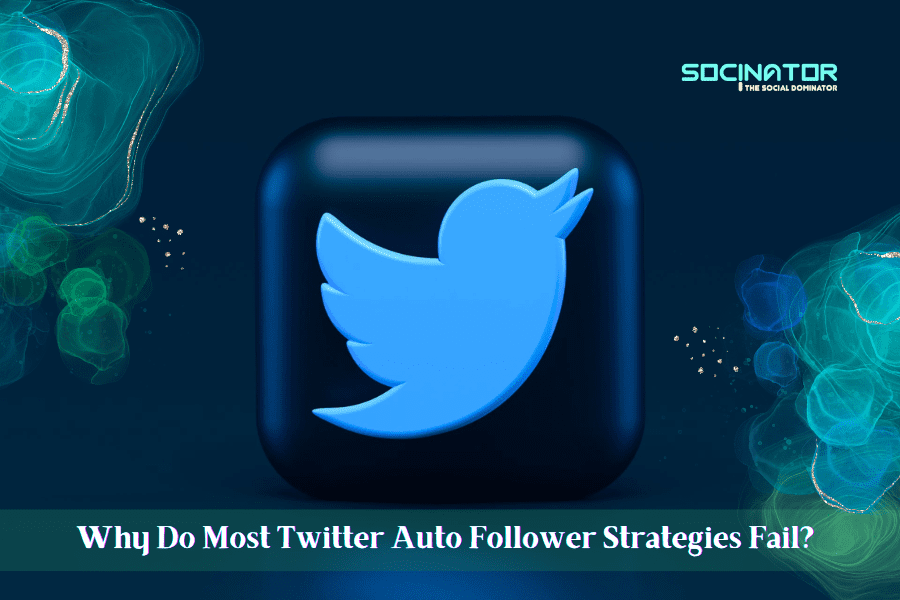In the advertising world, mobile advertising is the buzzword today. Over the population of 8 billion around the globe, 5.4 billion are mobile users. The count is still increasing every day, and time will come when it will stand in equal numbers to the world’s population.
The traditional way of advertising on television sets is not effective anymore in generating sales compared to mobile advertising. The ratio itself speaks volumes about the storyline, where mobile devices are ahead of televisions by 4:1.
Thus exponential growth of technology has changed the way of advertising with the incoming of mobile advertisements. One of the key benefits is that potential customers are more within the reach of advertisers. Here in this post, I will share every nut and bolt of mobile ads.
What is Mobile Advertising?
Any kind of advertisement that runs on mobile devices, including tablets and I-pad, falls under the category of mobile advertisements. It can be in the form of text, SMS, banner ads, or video advertisements. Thus, a large segment of the mobile advertisement has grown from earlier days via text or SMS to web-based and app advertisements.
Importance of Mobile Ads
Changing dynamics and people’s behavior while using mobile has made all the difference. Nearly half of the world’s population spend 3 hours daily on the mobile. Data says that 65% of sales revenue comes from placing mobile ads. We can predict the success of a mobile advertising campaign from the survey data conducted, which says they generate over $3 billion revenue from 1.5 billion users. All these facts reveal the importance of mobile ads, and also, there are few more reasons to discuss this.
Myriad users
The foremost reason is that mobile users have reached the mark of 5.4 billion. Therefore, it is easy to draw more people to your advertisement.
Multi-Functionality
Televisions have only one way to reach its unknown users, and similar is the case of internet-based PCs. But, mobile has a broad spectrum to cover maximum users. Mobile has multiple touch-points through messaging, voice-based, and internet.
One user at a time
The success of mobile ads is more than the other form of advertisement because they intend to one particular user at a time. The message is personal to the user using a mobile, which increases more chances of sales.
Location-based
This makes the marketing campaigns more meaningful as your ads can target a specific audience in an area. One can trace the steps of users and display different ads according to their needs.
Different channels of mobile advertising
We can do a mobile advertisement in many forms. To understand this in better ways, we have to dig deep into the selection of the one, which will cater to our needs. To give you a mobile advertising example, below are a few options.
Social Media Ads
Today almost every mobile user spends lots of time over different social media platforms like Facebook, Instagram, Twitter, or LinkedIn, which makes social media ads covering the larger segment of mobile advertisement. Nearly every user has noticed this kind of advertisement when they scroll down the post or in between two posts.
Banner Ads
Another form of advertising is banner ads, in which we place banners over different websites and networks. Whenever the person visits any website landing page, they display these banner ads. The banner ads have crossed the mark of influencing people by 90% of the internet users.
In-app Ads
Any kind of advertisement you see while you are running another app is a form of In-app ads. The In-app ads can be visible in any form either as a continuous display of ads at the bottom of a screen or when you are using other app and certain advertisements between running apps.
Video Ads
This is one of the popular forms of advertisement by creating video ads showing over the user’s screen. The best example of it is the YouTube advertisement, which comes in two unique forms. One is to skip ads and other non-skip ads. Usually, these ads run at the start of the video or in between and at the end.
Interstitial ads
These mobile ads are full-screen video or banner ads placed in between your running app. Suppose a certain feature of your current app is downloading. In such times these interstitial ads pop-up.
How to start effective mobile advertising?
To be successful in creating an effective mobile advertising campaign, we need to work out on some key mobile advertising strategy.
Objectives
Before the start of any mobile advertising campaign, we should be clear about our objectives, so we can get the desired results at the end. Companies or business owners do campaigns to bring awareness among the people about their products and services. Another aim of the campaign is to increase sales or generate more traffic. The defined aim helps measure the steps required to achieve those goals.
Targeting specific Audience
Bringing more customers to our doorsteps or increasing our database is the reason we target a particular group of audience based on demography and location. Once we have chosen a particular audience, we have to figure out their needs, likes, dislikes, and reactions. The years of the survey have shown that people prefer more local advertisements, and the conversion rates are also high when ads are running for a specific audience. Another benefit is that it helps us understand the mindset of users and design ads accordingly to catch their attention.
Choosing Mobile ads type
We have already discussed the various classification of mobile ads, and to serve the purpose, we have to choose one. This next step is very crucial to identify the right mobile ad, which appears as a solution for our campaign. Choosing the best-suited ad will generate higher sales or awareness of the brand. For example, if you want to generate more traffic in terms of click, then simple banner ads will work, while YouTube or video ads can bring more sales.
Designing Mobile Ads
Under the head of designing falls the length of mobile ads, graphics, and it’s content. The length of mobile ads depends on different needs, like short duration required for a single click linking to your landing page. For brand awareness, we need to give more time hence, longer ads.
The next part of it is the content, which we want to show to our audience. For example, smartphones require more focussed content, while I-pad and tablets need to have a prime quality display. Besides, this principal aim of creating advertisements remains the same, to keep the attention of mobile users intact. The more you focus on content, the more you will be in their mind.
Report Analysis
The last step is to analyze the data gathered from different users. The next important aspect is to look out on safety and privacy, which we have to maintain. Analyze your users based on the information and scrutinize accordingly the behavior patterns, time engagement, and frequency of their visit.
Conclusion: All in One App
What if we get an app that does all needful work for us and simplifies our lives? There is one such app that can do all handling of our post and content. The name of the app is Socinator. It has a platform to deal with entire social media content from posting to the analysis of data. Socinator can be a tool for mobile advertising. It has all the features to manage ads from Facebook, Instagram, YouTube, and LinkedIn from one platform itself.
Also Read:
How to use LinkedIn for business?
How to use Swipe up on Instagram?
In the world of Advertising, Mobile advertising goes much deeper into users’ identification and its behavior resulting in saving time and resources. Simultaneously with its wider reach, better display quality, and content, it attracts more customers for your businesses. Added to its advantage is the use of Socinator, which will handle multiple platforms from a single dashboard to run your business with higher profits.









